18 Fascinating Animals With Invisible Ears

While many animals sport visible ears, some have taken a sneakier approach. These fascinating creatures have evolved to hide their ears beneath fur, feathers, or skin—blending function with clever design.
In this article, we’ll meet animals whose ears stay out of sight, each with a unique adaptation that helps them thrive.
1. Manatee

Manatees are calm, slow-moving giants with ears you’d never notice. Tiny openings hidden under their skin help them stay smooth and streamlined.
That rounded shape makes for easy, graceful gliding through rivers and coastal waters. They use their senses to find tasty plants and steer around obstacles.
Hidden ears protect them from debris and reduce drag as they float along. It’s all about energy-saving efficiency.
2. Axolotl
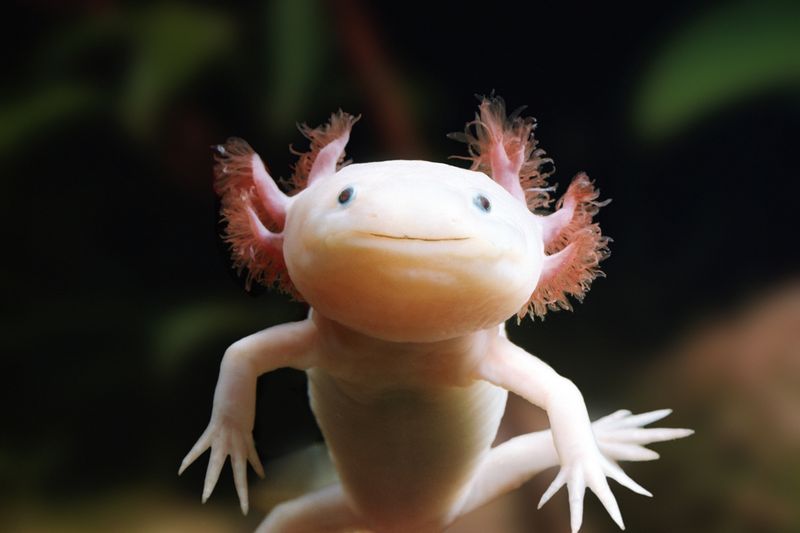
Meet the axolotl—also known as the “Mexican walking fish.” This adorable aquatic salamander looks like it swam straight out of a fantasy world.
You won’t spot its ears, but it hears just fine. Those feathery gills on its head? They’re multitaskers—breathing and sensing vibrations in the water.
These quirky creatures are native to lakes near Mexico City.
They’ve wowed scientists with an unbelievable trick: regrowing limbs, spinal cords, and even bits of their brain and heart.
3. Mexican Mole Lizard
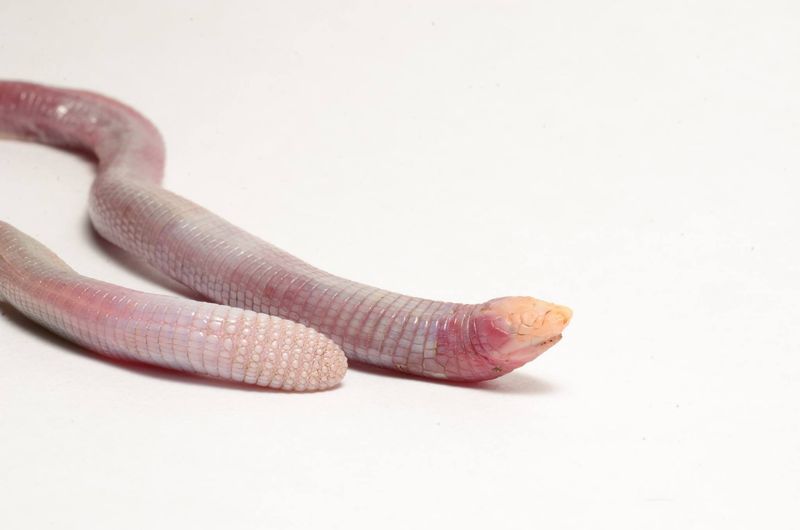
The Mexican Mole Lizard is a strange and fascinating critter with a pink, worm-like body and tiny legs.
Despite the name, it’s not a true lizard—it belongs to a burrowing group called amphisbaenians.
Its ears are completely hidden beneath the skin, perfect for a life spent underground. No sand, no debris, no problem.
Instead of hearing the usual way, it senses vibrations through its skin to detect movement nearby. That’s how it finds both food and trouble.
4. Whale

Whales are the giants of the sea, gliding through the ocean with grace and power. Their ears? Completely hidden—tucked deep inside their heads.
This secret setup helps them stay sleek and streamlined underwater. It also protects their hearing from the pressure and chaos of the deep sea.
Whales rely on sound to survive, using echolocation to navigate and find food. Their sharp hearing also keeps them in touch with distant pods.
5. Platypus
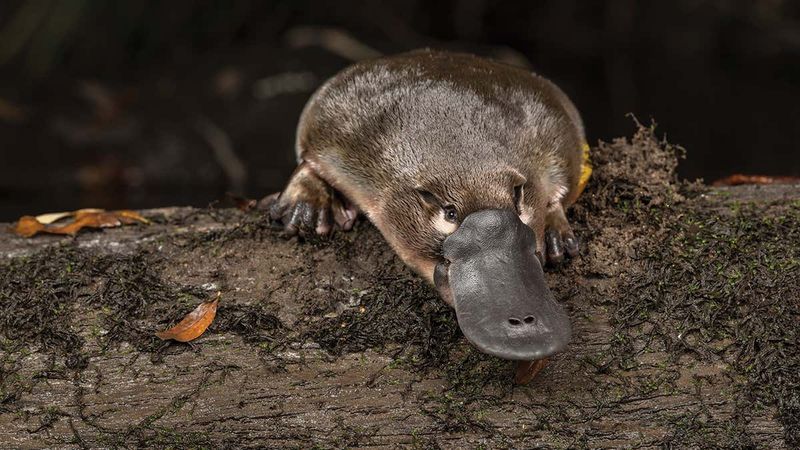
The platypus is one of nature’s strangest success stories, rocking a duck bill and beaver tail. Its ears? Totally hidden beneath thick fur—no external flaps in sight.
This stealthy ear setup keeps things streamlined in the water. Less drag means smoother swimming while it hunts below the surface.
Instead of relying on hearing, the platypus uses its bill to sense electric signals from prey. It’s like having built-in underwater radar.
Hidden ears also stay safe from water and debris, adding to their clever design. The platypus is proof that evolution loves to get creative.
6. Snake

Snakes are the silent movers of the animal world, gliding with stealth and precision. No visible ears here—they don’t have any external ones at all!
Instead, they pick up vibrations through the ground using a special inner ear system. This lets them “hear” footsteps, rustles, and even distant movement without a sound.
That smooth, earless look helps them stay streamlined and sneaky. Whether in deserts or jungles, snakes are built for survival on the sly.
7. Dolphin

Dolphins are clever, social swimmers with hidden ears you won’t easily spot. Just tiny openings on each side of the head, tucked beneath smooth skin.
This helps keep their bodies sleek and fast in the water. No drag, just effortless gliding through the waves.
They use echolocation and sharp hearing to hunt, explore, and chat with their pod. Sound is their secret superpower.
8. Turtle

Turtles may not have visible ears, but they’re not deaf—just discreet. Small ear openings sit beneath skin flaps, shielding them from water and debris.
This clever setup helps them thrive everywhere from quiet ponds to crashing ocean waves. Hidden ears mean fewer vulnerabilities and smoother movement.
They depend more on sight and smell to get around and find food. Their design is all about low-key survival.
9. Crocodile
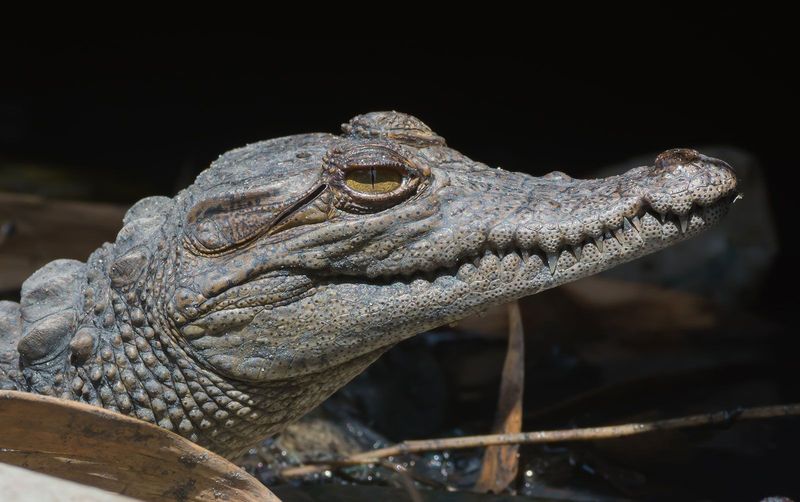
Crocodiles are stealthy predators with senses fine-tuned for both land and water. Their ears? Small slits hidden under skin flaps—easy to miss, hard to beat.
This design keeps them protected and streamlined while lurking underwater. They can still hear perfectly, picking up splashes and calls with ease.
Whether above or below the surface, their hearing stays sharp. It’s key for stalking prey and staying in touch with other crocs.
10. Chameleon

Chameleons are famous for their color-changing magic, but their hidden ears are just as cool. No external openings—just an internal setup that keeps things sleek.
This helps them stay stealthy in the treetops, where blending in is everything. They use sharp vision and vibration sensing to spot prey and danger.
Without visible ears, their smooth profile lets them move easily through branches and leaves. It’s all about low-key survival.
11. Lizard
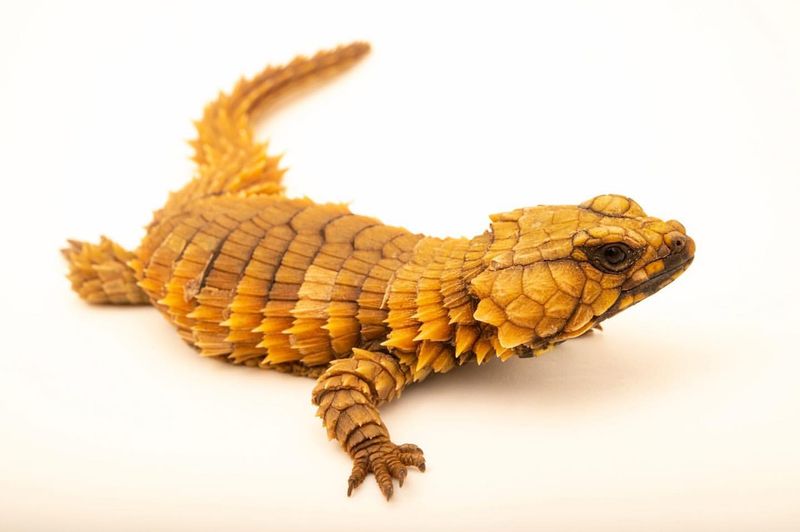
Lizards come in all shapes and sizes, but their ears are easy to miss. Just tiny openings covered by skin or scales—stealthy and smart.
These hidden ears help them stay agile and alert in any terrain. Sharp eyesight and a knack for sensing vibrations keep them one step ahead of predators.
No big ear flaps means nothing gets in the way while they scurry or climb. It’s a sleek design built for survival.
12. Mole

Moles are built for underground life, and their ears are nowhere in sight. Tiny openings stay hidden beneath thick fur, safe from dirt and debris.
This setup works perfectly for a digging lifestyle. They count on powerful paws, touch, and scent instead of sharp hearing.
With ears tucked away, moles stay sleek and speedy as they tunnel through soil. No extra parts to slow them down underground.
13. Ostrich

Ostriches may be giant birds, but their ears stay hidden beneath feathers. These small openings keep their heads sleek and aerodynamic.
Feather-covered ears help shield them from dust, wind, and sun. In the open savannah, protection is everything.
They rely more on sharp eyesight and powerful legs to stay safe. Spotting danger early means they can sprint away in a flash.
14. Penguin

Penguins may look sleek and smooth, but beneath those feathers are tiny, hidden ear openings.
These ears are perfectly tucked away to keep precious body heat from escaping.
In the icy zones they call home, staying warm is everything. That’s why their ear-concealing feathers are a survival superpower.
Though you can’t see their ears, their hearing is sharp. Penguins rely on vocal calls to find mates, protect nests, and stay connected in noisy colonies.
15. Star-Nosed Mole

The star-nosed mole might be small, but its nose is anything but ordinary. With 22 tiny, wiggly appendages, this snout is built for detecting prey in a flash.
You won’t see its ears—they’re tucked away under its fur. Instead of listening, it relies on touch, making hearing pretty low on its priority list.
These little diggers love wet, muddy areas and are surprisingly great swimmers. They chow down on insects, worms, and anything wriggly they can find.
16. Elephant Seal

Elephant seals are massive marine mammals built for both land lounging and deep-sea dives. Their ears? Tiny openings hidden in the skin—so subtle, you’d miss them.
This sneaky design keeps their bodies smooth and swim-ready. It also shields those delicate ear canals from chilly water and ocean grit.
They’re big on vocalizing, using deep, echoing sounds to stay in touch. Sharp hearing helps them keep track of rivals and companions alike.
17. Frog
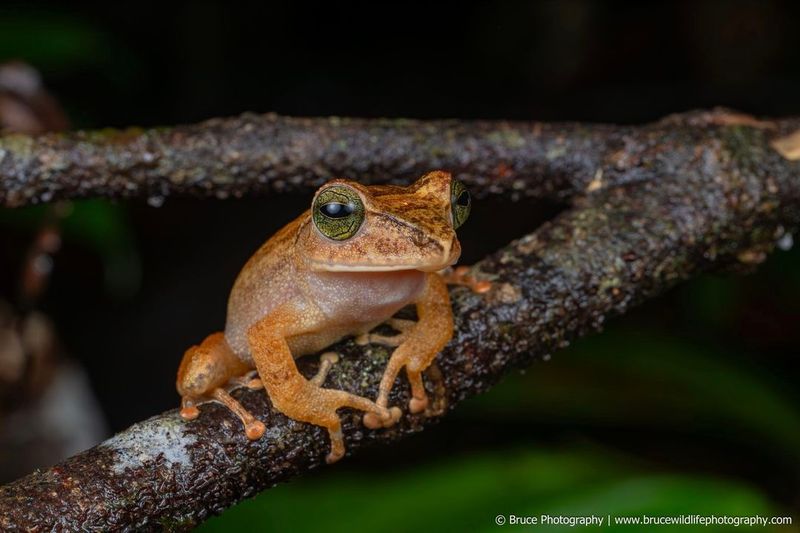
Frogs might be famous for their croaks, but their ears stay out of sight.
Instead of the usual ears, they’ve got a tympanum—a round patch behind each eye that works like an eardrum.
This clever setup lets them hear everything from buzzing bugs to other frogs calling out. During mating season, their croaks are basically love songs broadcast through the swamp.
No visible ears means a sleek, smooth head—perfect for quick leaps and dives. That hidden hearing system works in both air and water.
18. Seal

Seals are ocean pros, built for speed and stealth beneath the waves. Their ears? Totally hidden—tucked under the skin for a super smooth look.
This sleek design helps them glide through water without a hitch. But don’t let the invisible ears fool you—they’ve got sharp hearing that helps them hunt and chat underwater.
When diving deep, seals can close their ear canals to block out pressure. It’s a neat trick that keeps things comfy and water-free.






